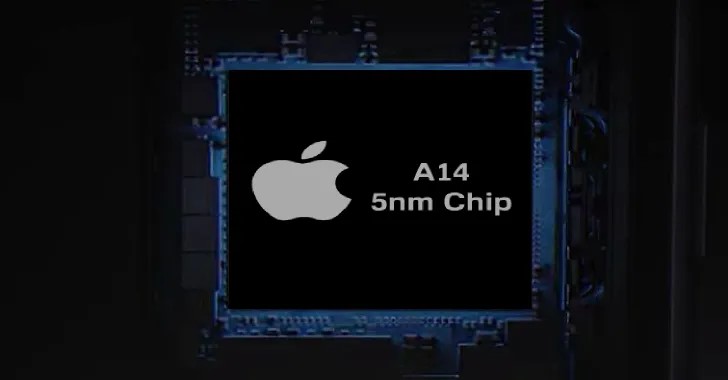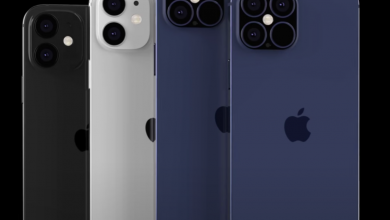
Apple Inc, the Cupertino, California-based technology giant is planning to start selling Mac PCs with its own processors by next year, relying on designs that helped popularize the iPhone and iPad, according to people familiar with the matter. They are working on three of their own versions of the A14 which will be used starting 2021. The A14 used in the Macs will be much faster than the ones used on the iPhone and iPad. One of them is termed “Kalamata” and will soon transition it’s lineup from Intel. Apple is literally making the switch from x86 to ARM.
5nm Node, way better than Intel’s 14nm:
Taiwan Semiconductor Manufacturing Co(TSMC)., Apple’s partner for iPhone and iPad processors will be the one building their new chips. The chips are based on the 5 nanometer process node. Apple is trying to unify it’s ecosystem of mobile, iPad and Macs so that apps run on all devices at the same time. This would help them avoid their reliance on Intel, and help improve performance of their chips. Intel has been stuck on the 14nm process node since like forever. While other fabrications have gone to 10nm, 8nm, and even 7nm, Intel is nowhere to be seen. Node shrinks improve performance, and increase battery life. Apple’s A series would always switch to the latest node shrink, thus giving it a large performance boost, and increased battery life.

More cores:
Apple’s octa-core A12X and A12Z for iPads and tablets literally outperform majority of the tablets and mobile phones, including midrange laptops. Thus, even without any increase in the cores, and only moving to a lower process node, Apple’s chip performance increases in leaps and bounds. So we all agree that apple’s A14 will be speedily fast. So, if it’s released in an iPad with more cores, and faster clock speeds, it would be overkill!
Cores isn’t everything. Clock speeds are important too
When moving to a smaller process node, you get similar performance at the same clock speeds, but improved battery life. But when you overclock it, you improve the performance, while keeping the battery life constant. Thus process node shrinks help double clock speeds. Apple’s A12X and A12Z chips both have four high-performance Vortex cores and four energy-efficient Tempest cores. The single Vortex core can hit 2.5GHz while the Tempest core can hit 1.6GHz. But when used altogether, the clock speeds drop. But a node shrink improves efficiency, thus allowing you to double the clock speeds, and that improves performance by a large margin.
Apple’s Kalamata Chip:
Apple has been working on their Kalamata project for several years. They developed a Mac chip based on the iPad Pro’s A12x for testing all the way back in 2018. That helped them kickstart the switch to their own in house processor. Thus now they decided that they will make the complete transition to their Kalamata chips starting 2021.
Mac will still run MacOS
The MacOS, one of Apple’s iconic operating systems for their Mac notebooks, and desktops will still be the default OS. Even though they are merging the chipsets, the Mac will still run the MacOS instead of iOS, used on the iPhone and iPad. This transition would mean creating a new laptop from scratch, instead of using existing laptop models. That also means, MacOS will get a revision. Apple is exploring ways for developers to make sure older applications work on the new laptops with the ARM architecture, as compared to the x86 from Intel.

Intel is in deep trouble
Apple’s transition from Intel to their own chips will be a huge blow for Intel. Apple was one of their most expensive suppliers, and now with Apple gone, Intel will have a huge hole to fill. Back in 2005, Apple’s Co-founder Steve Jobs, and the late Intel Chief Executive Officer Paul Otellini stood on stage to announce the new Macs with Intel processors. That helped them for several years, thus resulting in capable computers like the Mac Pro in 2006, the second-generation MacBook Air in 2010 and the thinner MacBook Pro in 2012. But then Intel chips have started getting diminishing returns due to their 14nm node. Apple started blaming Intel for the decline in Mac sales.

Apple wouldn’t even use Intel’s modems
Apple also decided to stop using Intel’s 4G and 5G modems — chips that help connect smartphones to the internet and support calls, and messages, after using them for just four years. The company plans to use 5G modems from Qualcomm in as many as four new iPhone models later this year. Apple last year acquired Intel’s modem business after striking the short-term supply deal with Qualcomm.
Just recently, we had done an article on Intel’s poor performance due to repeated use of their 14nm process node. You can check out the article HERE.




